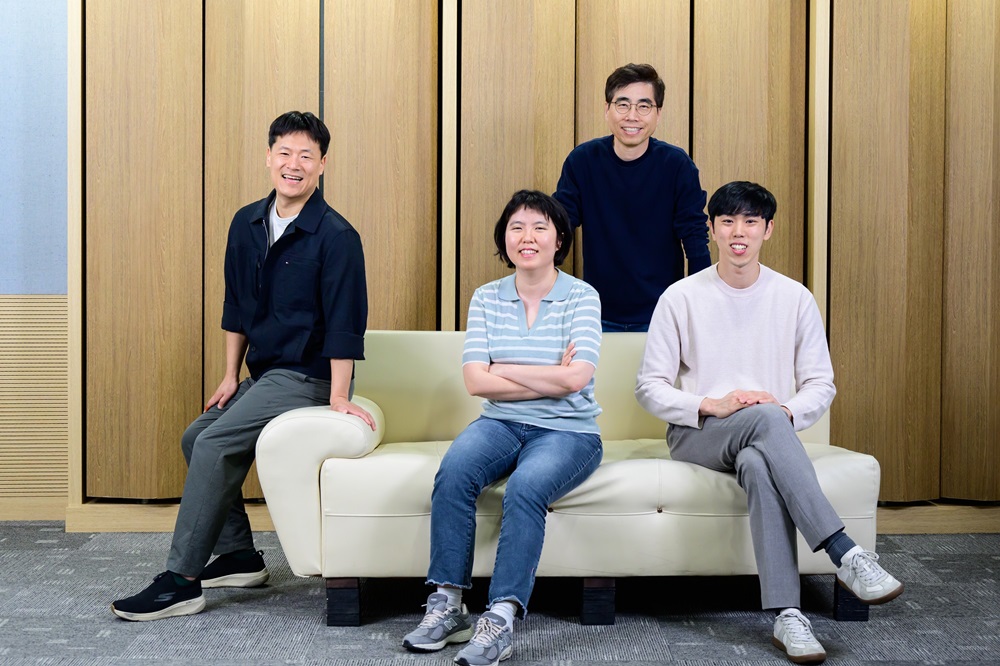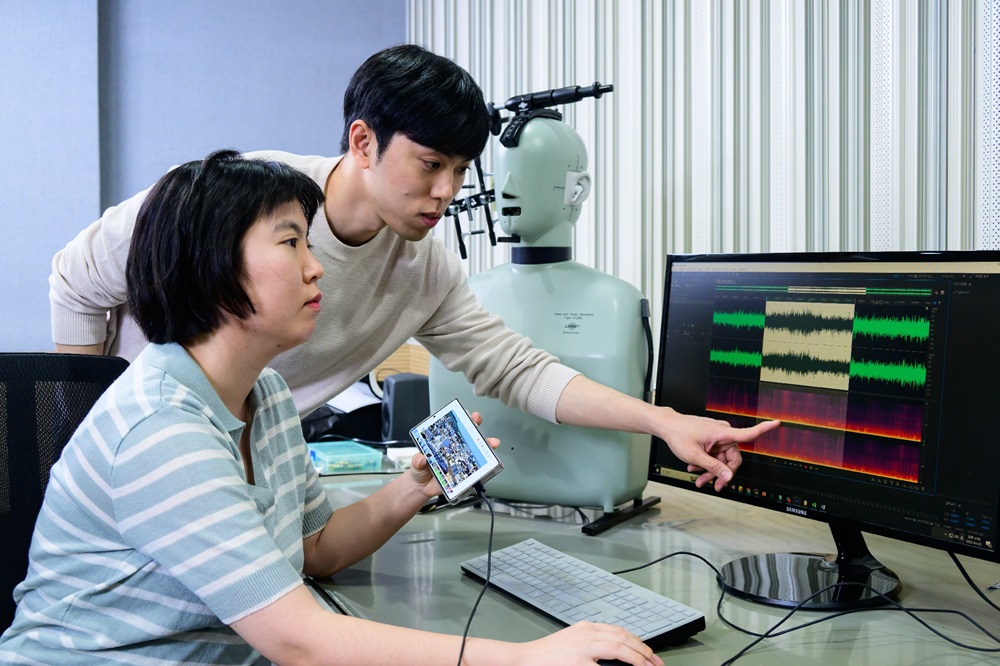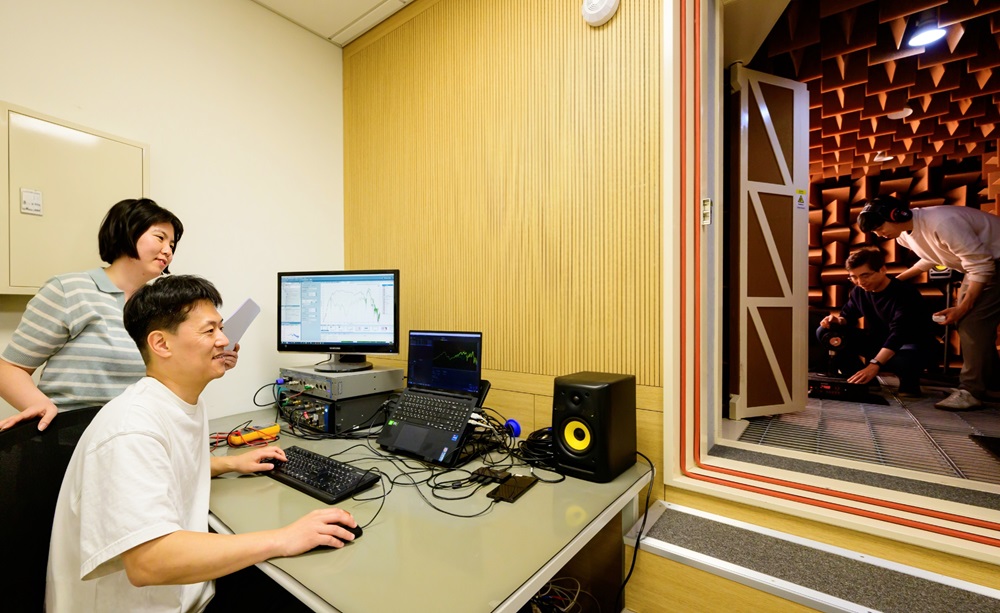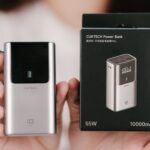Imagine you are filming a show in the street, but the car horn is overwhelming music – or filming vlog in a cafe where the surrounding noise makes the conversation almost impossible to hear.
Audio Eraser, introduced on the Galaxy S25 series, is designed to handle such situations by reducing the noise noise and the sound enhancement needs to highlight, helping users to create more vivid videos. Galaxy AI features like Audio Eraser – developed based on the deep understanding of the user needs.
Page Samsung Newsroom There was a conversation with audio technology experts from the AI solution team at Samsung Research to learn more about the process of developing this breakthrough feature.

(From left to left) Kyoungbo Min, Hejung Yang, Hosang Sung and Jiwon Kim from AI solution group at Samsung Research
Audio Eraser allows users to adjust the audio in the video by eliminating noise and enhancing the desired sound. This feature quickly scan videos to detect and classify audio types, applied not only with videos by users but also with videos received from others.
Similar to how Object Eraser has improved the image editing ability when launched on the Galaxy S21, Audio Eraser is developed to provide a more high -end and seamless multimedia experience between images and sound.

Audio Eraser allows users to adjust each type of audio in the video.
Develop a identifying model and separate sound source
Audio Eraser has the ability to identify six types of sounds: voice, music, wind, natural sound, crowd noise and environmental noise. Based on the sound source recognition technology, this feature quickly determines which sound appears and where in the video. After that, the sound source separating technology will separate and classify each sound into separate groups.
To build AI model capable of identifying and separating these sounds, the team collected a large and diverse training data. They simulate a series of real -life situations to create rich data sets – even in the field to directly record everyday sounds.

Samsung researchers are working to develop audio technology for Audio Eraser
“Wind is a big challenge,” Hejung Yang from AI solution group at Samsung Research shared. “In addition to tweaking the wind simulation technology, we also increase data by recording the real wind sound whenever there is strong wind – even after work or on weekends.”
In addition, the group also spends a lot of time improving the efficiency of negative source separation model by manually checking a series of videos.
“Each developer must compare and analyze more than 1,000 audio samples per week in many different conditions,” Jiwon Kim said. “Through continuous tests, we find the most effective model to ensure stable and high quality results.”
Bring the user -centered listening experience
Because the Audio Eraser works directly on the device, this feature brings better user experience with real -time editing capabilities and enhances security. Samsung’s long -term capacity in developing AI on device is a key factor for the success of Audio Eraser.
“We focus on developing AI models and algorithms can process quickly on the device,” Hosang Sung said. “A lot of efforts have been invested to create an optimal AI solution, smooth operation with low power consumption.”

Collaborate with the product development team
The conversion of advanced research into consumers also raised many new challenges. For example, when editing both videos and audio, the playback feature needs to be smooth and uninterrupted. In addition, video processing is longer than an hour that requires specialized technology to complete in the same time.
“We have developed many algorithms in advance to adapt to different hardware conditions,” Kyoungbo Min said. “Through large -scale simulation, we have prepared a solution that can be deployed quickly on all chipsets or equipment.
Schock separation is an important field in the next generation audio technology, and Samsung is continuing to promote foundation innovation in this field.



















